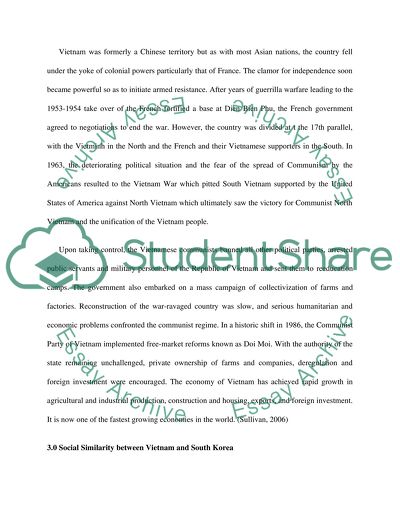Cite this document
(“The Vietnam Economic Development Essay Example | Topics and Well Written Essays - 1500 words”, n.d.)
The Vietnam Economic Development Essay Example | Topics and Well Written Essays - 1500 words. Retrieved from https://studentshare.org/miscellaneous/1512930-the-vietnam-economic-development
The Vietnam Economic Development Essay Example | Topics and Well Written Essays - 1500 words. Retrieved from https://studentshare.org/miscellaneous/1512930-the-vietnam-economic-development
(The Vietnam Economic Development Essay Example | Topics and Well Written Essays - 1500 Words)
The Vietnam Economic Development Essay Example | Topics and Well Written Essays - 1500 Words. https://studentshare.org/miscellaneous/1512930-the-vietnam-economic-development.
The Vietnam Economic Development Essay Example | Topics and Well Written Essays - 1500 Words. https://studentshare.org/miscellaneous/1512930-the-vietnam-economic-development.
“The Vietnam Economic Development Essay Example | Topics and Well Written Essays - 1500 Words”, n.d. https://studentshare.org/miscellaneous/1512930-the-vietnam-economic-development.


